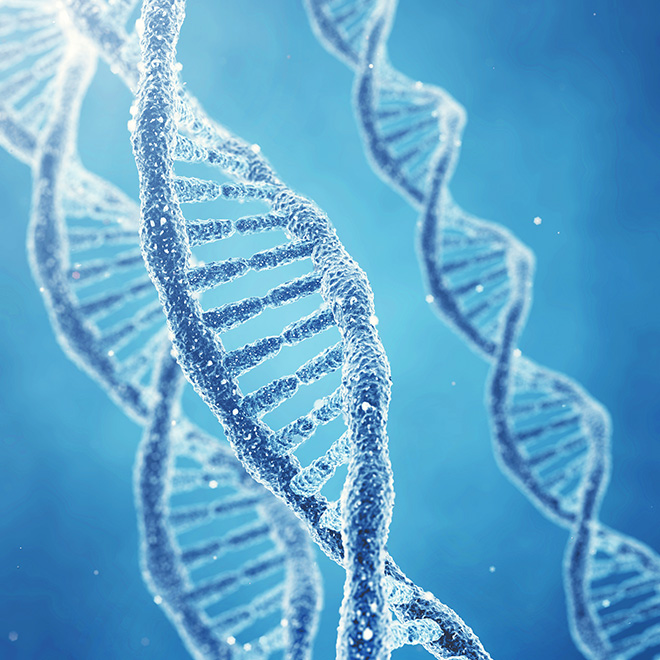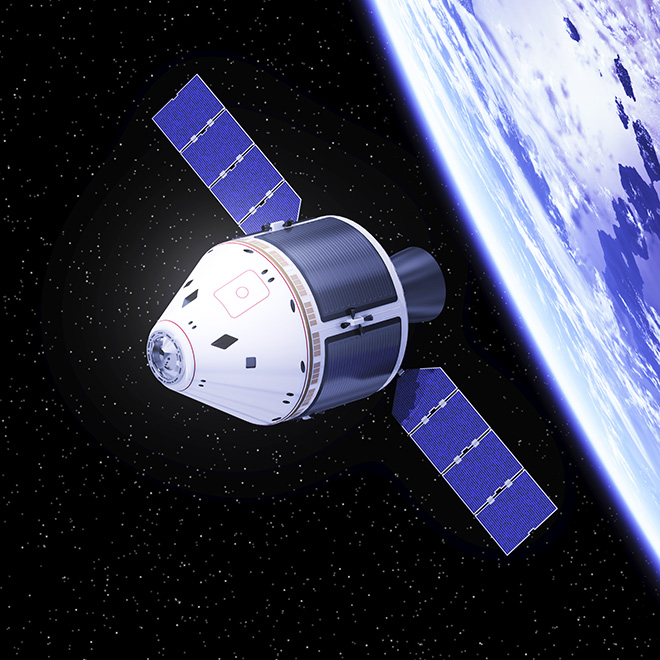
Human space travel poses a significant challenge to engineers, physicists, and biologists alike. Even now, 58 years after Sputnik made its first orbit, mankind has limited its forays to the Earth’s.
Why? We certainly have the technology. Right now, unmanned probes are exploring the surface of Mars and sailing through the frigid wastes of the Kuiper Belt. Yet the ambitious manned exploration programs of the Kennedy days are nowhere to be seen; it’s simply too hard to nourish, protect, and sustain the human body in the cold vastness of space. The difficulties are numerous: ionizing radiation, frigid temperatures, and no chance of resupply or rescue. But now CRISPR (pronounced ‘crisper’), a revolutionary technique in genetics that allows you to edit genomes, may be the answer.
What CRISPR Can Do
CRISPR represents a synthesis of nature and technology: scientists have commandeered a bacterial gene repair tool and used it with man-made genetic material. When combined with powerful genomic analysis software, it becomes an incomparable tool at the vanguard of scientific inquiry. Even with greater implementation of CRISPR throughout the disciplines of molecular biology, the full utility of this technique has yet to be understood.

Earlier this month, Chinese scientists successfully used CRISPR to remove the myostatin gene in dogs, resulting in doubled muscle mass and greater strength. In South Korea, researchers were able to modify the genomes of vegetables without the highly controversial inclusion of foreign DNA. It seems that new applications of this technique are being discovered every week.
The Possibilities that This New Technology Brings in Regards to Space Exploration
This technique represents a critical juncture for human space travel. Many of the problems astronauts and engineers face have been successfully solved by other forms of life. Creatures like the Tardigrade (colloquially known as the ‘water bear’) can survive massive exposure to ionizing radiation in the vacuum of space for days. Other types of bacteria can neutralize toxic waste and noxious gases, producing oxygen gas as a byproduct. Just as agricultural scientists have genetically engineered pest-resistant crops, microgravity-resistant or radiation-resistant crops may not be far in the future. CRISPR could be used to unlock the biomolecular secrets behind these adaptations and allow scientists critical insights to the design of next-generation space technology.

Imagine space suits with oxygen-recycling synthetic bacteria instead of volatile gas canisters, or spacecraft with layers of radiation-resistant organisms instead of heavy metal radiation shielding. Even more radically, imagine astronauts that have radiation resistant skin, manually adjustable metabolisms, or bones that are genetically reinforced against the long-term atrophy of space habitation. For the longest time, ‘synthetic’ has meant the opposite of ‘organic’, but the possibility of so-called CRISPR-tech blends those distinctions. With the advent of this technology, these innovations are no longer the stuff of science fiction.
Where is CRISPR Now?
For the time being, CRISPR tech is stuck on Earth undergoing protracted legal and ethical battles in courtrooms across the world. However, its wide implementation will open up a whole new avenue to space travel.
Clapway Trends Introduces: A Gadget that Can Bring the Sun Indoors!

















